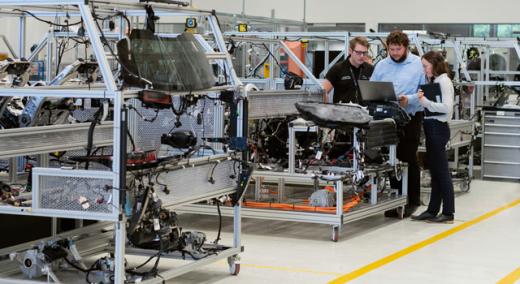Credit: ThisisEngineering RAEng on Unsplash
There is more to lean manufacturing than improving a few processes. Sustainable lean success requires a companywide culture of continuous daily improvement. Companies that develop their people to think scientifically, using facts and data to drive their decisions, are often the ones that most successfully achieve their goals. Practicing Toyota Kata, or kata, promotes this way of thinking, which can help companies become nimbler and more competitive so that they are able to not just survive but thrive during an adverse event such as a pandemic.
|
ADVERTISEMENT |
Kata is a Japanese word that refers to a structured way of doing things or pattern of behavior. As senior project manager for TDO (Train Develop Optimize), part of the New York Manufacturing Extension Partnership and the MEP National Network, I work with small and medium-sized manufacturers to practice kata, or behaviors, and apply additional lean manufacturing tools and techniques to solve business challenges. This gives them a competitive advantage.
…

Comments
Yet another Japanese term
Well it must be good, because it's a Japanese term, right? If you practice kata, kanban, and kaizen on the gemba it'll help reduce the muri, mura, and muda, right?
Ittekimasu.
Add new comment